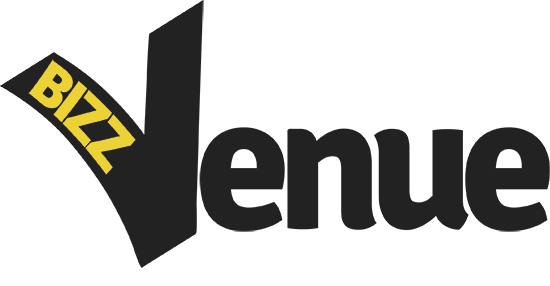
Taxes, no one likes them yet we all pay them. So it might be a good idea to get a basic grasp of the concept. Say the city needs to build a new subway system. That sounds expensive. How is the city going to fund such a project? Easy, taxes. But what are we going to tax? Maybe a coffee could be put in place? Any cup of coffee over 150ml will be taxed. This tax would be easy to collect because business owners would be responsible and not the customers. However when implanting a new tax of any kind, two major considerations must be taken into consideration: simplicity and efficiency.
A simple tax such as the coffee tax would be much easier to collect and offer significantly less loopholes. Great! So simple taxes are the way to go. Wrong. Our proposed coffee tax could easily be avoided in dozens of different (legal) methods. The most simple solution would obviously be to decrease the size of coffee cups to 149 ml and thereby avoid the tax altogether. The problem with a simple tax is that a simple tax is easy to avoid.
Avoiding a dead weight loss
Another problem lies within the goal the proposed tax is trying to achieve. We are not trying to score some social goal and get citizens to cut back on coffee consumption. We are trying to fund our subway system. However the proposed coffee tax may back fire. Consumers may reduce their consumption of coffee (not the goal the tax authorities seek to achieve) and no extra money will be collected to fund the subway project. This is a lose-lose situation also known as a dead weight loss. We have lost consumption and lost revenue. People are pissed off and the government isn’t collecting any money. The larger the dead wight loss the more inefficient the tax is. A major consideration in the attempt to reduce the dead weight loss is the question – how elastic is the demand for the product we want to tax? If the demand is highly elastic the dead weight loss is likely to be larger. Thus, if we compare soda to milk, taxing milk isn’t likely to effect demand quite as much as taxing soda. People need milk more than sodas.
What’s the ultimate goal?
We must always consider, what is the ultimate goal behind the tax? Collecting revenue or setting a social goals? Usually these two will conflict. What we need is to balance the need for revenue with the will of setting social goals. How is this done? It’s a tricky balancing act also known as efficiency or an efficient tax. Efficiency is the scenario in which everyone is as happy as possible. Is the proposed coffee tax efficient? No, because it is likely to change people’s behaviour. Some people will reduce consumption and others will seek alternative products such as tea. A tax can’t be efficient if it is going to force people to change their behaviour. A tax that doesn’t change peoples behaviour is called a neutral tax. What would be an example of a good neutral tax? One idea instantly springs to mind – medicine. Taxing medicine would be a neutral tax as people have a desire to live and will continue to buy life saving medicine with or without the tax.
Back to our coffee tax. Are there any more issues? Well if the tax consists of $1 per cup then there is an issue of fairness. $1 will have a much larger impact on a minimum wage worker than it will have on wall street millionaire. So many issues with what is allegedly a simple tax. This article only covers a few basic considerations. There is so much more to talk about and we will revisit this issue in upcoming articles.
Feature image: eFile989



